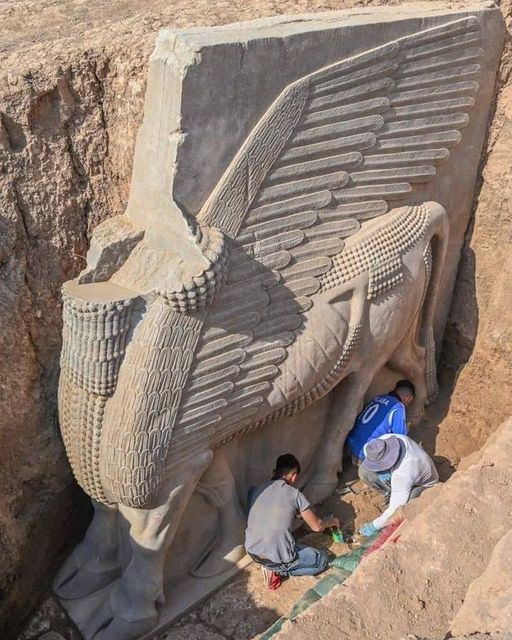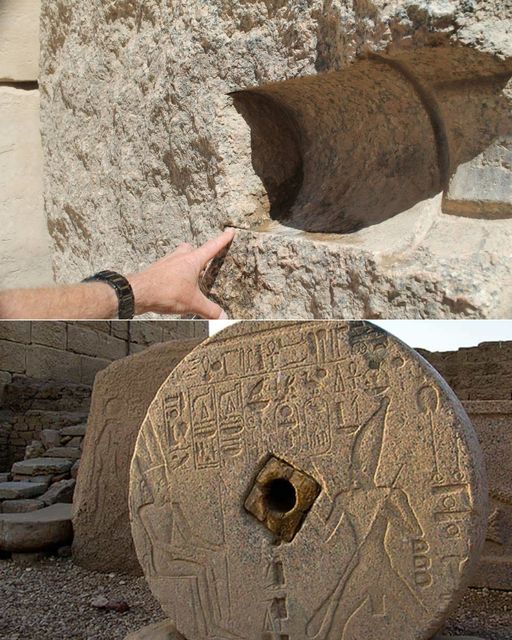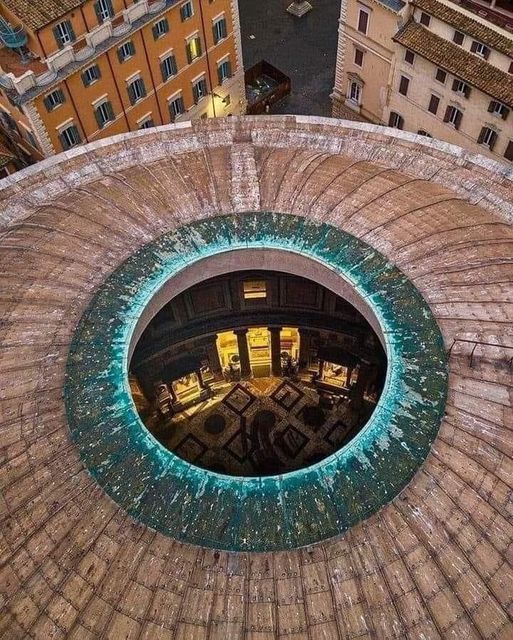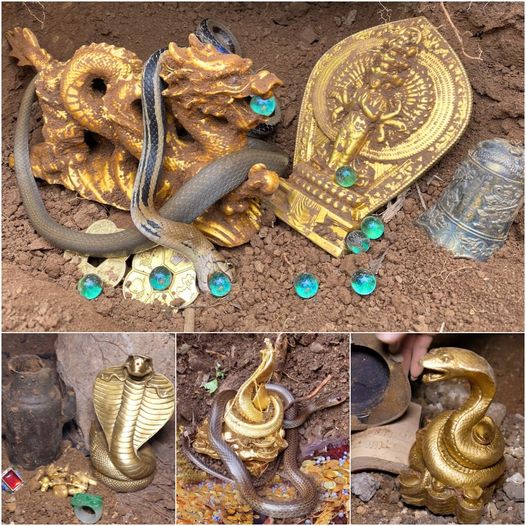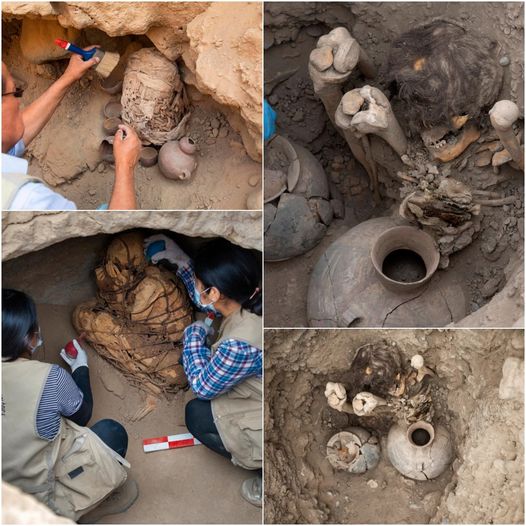In 1965, Father Carlos Vaca made a remarkable discovery of an archaeological site in Ecuador containing skeletons of giants, humanoid beings similar to humans. These giant bones, measuring approximately seven meters in length, were found in an area known as Changaiminas, often referred to as the “Cemetery of the Gods.” The findings included not only the giant bones but also other unusual artifacts, minerals, and compounds with supposed magical properties. The bones and artifacts were exhibited in a museum called Museo del Padre Carlos Vaca, and they were reportedly shown on a local television program in Ecuador.
Controversy surrounding the discovery emerged, with some researchers and conspiracy theorists suggesting that government entities, such as the Smithsonian Institution, were involved in covering up the truth about Earth’s giant beings. It was alleged that the Smithsonian institution and other organizations censored sensitive evidence to protect the evolutionary theory of humanity. According to these claims, classified documents were said to reveal that the Smithsonian had hidden thousands of pieces of information about the existence of beings ranging from 6 to 12 feet in height.
Were giant skeletons hidden? Because?

The idea of giants or “diverse beings” on Earth can be traced back to biblical accounts in the Old Testament, where references to giants, or Nephilim, are mentioned. These beings were believed to be the offspring of the sons of God and the daughters of men. Zecharia Sitchin, author of The Twelfth Planet, interpreted Nephilim as “those who descended from heaven to earth.” The Bible associates giants with figures like Anak and Goliath, suggesting their existence.
Did the giants really exist?

However, it is important to note that the existence of giants as described in these accounts lacks scientific evidence and remains a topic of mythology and folklore. Claims about hidden giant skeletons and the suppression of evidence by institutions like the Smithsonian are often based on conspiracy theories and lack credible support from mainstream scientific communities.

According to Zecharia Sitchin, author of The Twelfth Planet, nephilim literally means “those who descended from heaven to earth.” Bible translators assumed that Nephilim meant giants because elsewhere it is mentioned that these were also known as Anakim, at the same time the tale about the giant Goliath claims that he was a descendant of Anak, hence the conclusion: yes, Anak was a giant, so the Nephilim who were also Anakim, must have been giants.”

According to the Bible, the race of giants disappeared with the flood, but apparently one of them was saved. Legend tells us that, not fitting into Noah’s Ark, he mounted it. The giant was so big that his bed was about 3.90 meters long by 1.80 meters wide. On the other hand, that the planet was inhabited by giants is demonstrated by the discovery of human remains of extraordinary dimensions in India, Tibet, China, South America, Africa

In conclusion, while there are stories and claims of the discovery of giant skeletons and the subsequent concealment of evidence, it is essential to approach such accounts with skepticism. Without robust scientific verification, these claims remain speculative and fall outside the accepted knowledge within the field of archaeology and anthropology.


